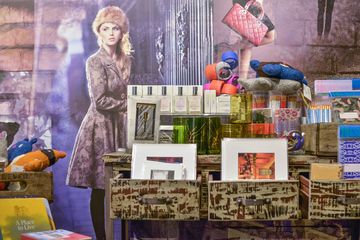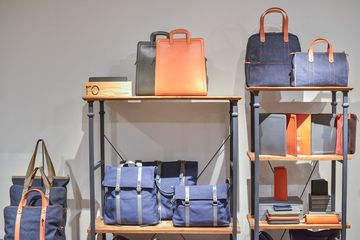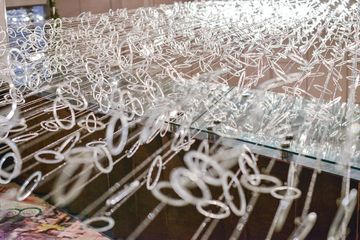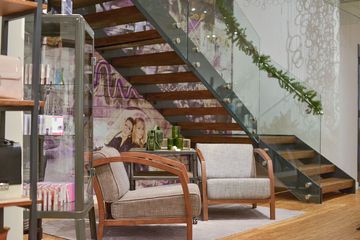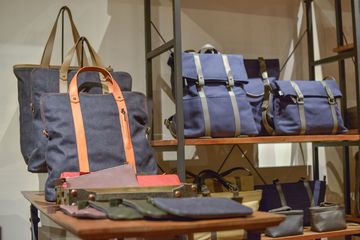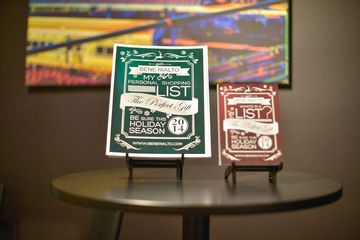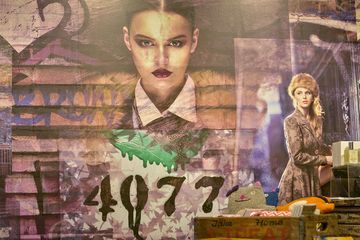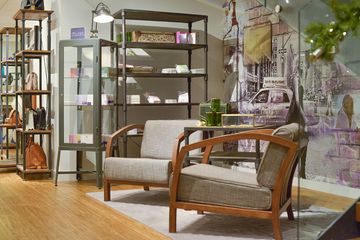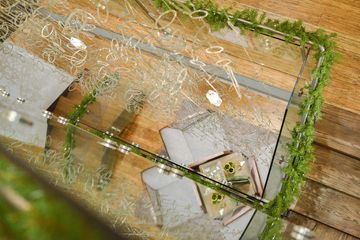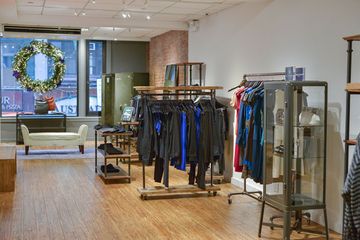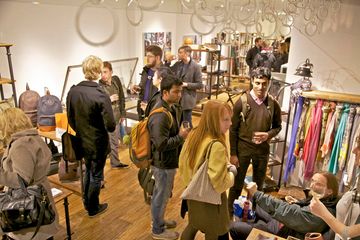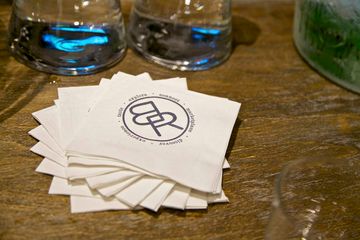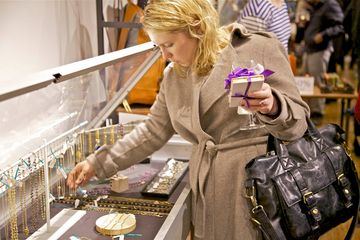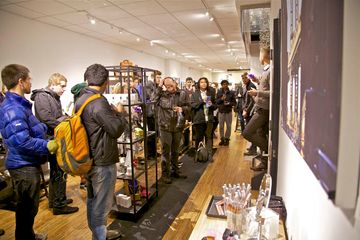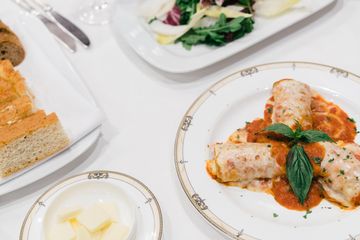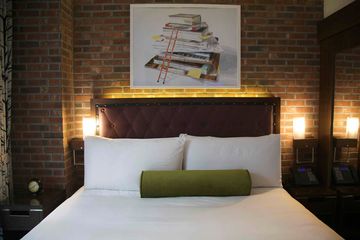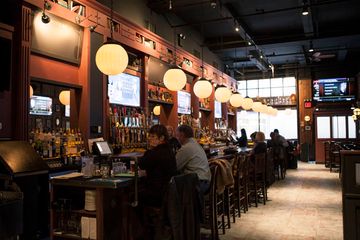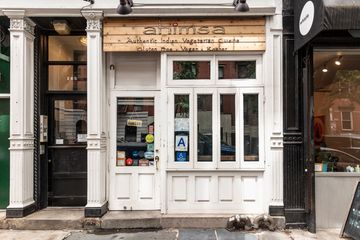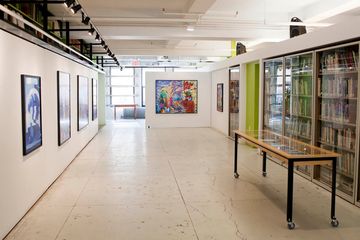
What at first glance looks like a classy boutique is actually far more important to the progression of retail: the hybrid of a high-end department store and an old-fashioned marketplace (“Bene Rialto” means “good marketplace” in Italian). Bene Rialto has gathered the work of up-and-coming designers into small shops without boundaries, creating a display that is pleasing to the eye, especially when that eye is window-shopping on 38th Street.
The first featured work that I recognized upon entering was Kathleen Plate, a talented glass artist, whom I had recently met at the Bryant Park holiday market. Her beautiful chandelier was hanging in the center of the room.
Touring the space with David Teeter, one of Bene Rialto’s executives, allowed me to fully appreciate the breadth and depth of this fascinating concept. When I visited in the late fall of 2014, the store had only been open for two weeks. But due to the executive team's history and experience in retail and wholesale (with companies such as Saks, Macy’s, Fendi and Coach), the location already appeared well established and boasted 380 people at their grand opening.
David explained to me that the goal of Bene Rialto is to create a platform for new brands to connect with both users and retailers, and be, in his words, “Open to the public, but known to the industry.” Only three of the showcased brands have other distributors in New York City. David went on to tell me that he loves seeing the delighted shock produced when someone flips over a price tag and sees that an item is affordable. The goods on display are high fashion but also extremely approachable.
One of the best examples is the brand “Slightly Alabama” from the leather worker Dana Glaeser. Glaeser’s dream is to have his own store with a workshop in the back. Bene Rialto is helping to create a mini version of that dream: David showed me a leather-working table on the first floor where Glaeser can sit and toil while shoppers mill about. He will be able to design custom-made items on-site and also experiment with how the shopper-craftsman relationship can function in such an unconventional setup.
I was impressed with how many of the designers seemed interested in the current environmental and technological climate: Rewilder, a two-woman team that makes accessories, build their trademark bags out of beer filters that were originally used to strain hops out of the brew. They also have a special arrangement with a local gym, in which they receive the rock climbing ropes that no longer pass safety inspections to use as bag handles.
On the second floor, which is dedicated to clothing, I met Elizabeth Roberts, one of the few designers who reside outside of New York. She had flown in from Seattle for a special wine and cheese event. We spoke about her practical designs - most of her clothes are made to withstand the elements, and many of her coats have special SmartShield pockets to guard against the electromagnetic frequencies of cell phones.
David and I continued to the third floor, which changes from month to month. Right now it is an art gallery featuring artists from New York, but in the New Year they would like to focus on wellness: The first two floors will dedicate more space to exercise clothes and accessories for an active lifestyle and the third floor will be used as a yoga studio. The fourth floor will be utilized for brand development, trunk shows, and marketing appointments. With a different experience on each floor, but a consistent feeling of approachability throughout, Bene Rialto could be the next step in retail.

